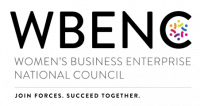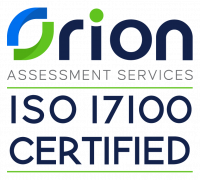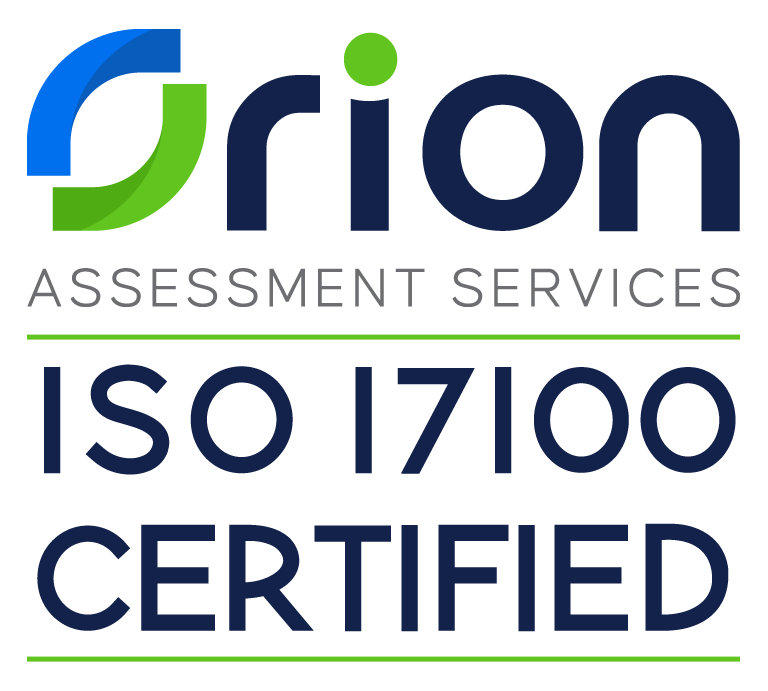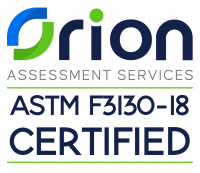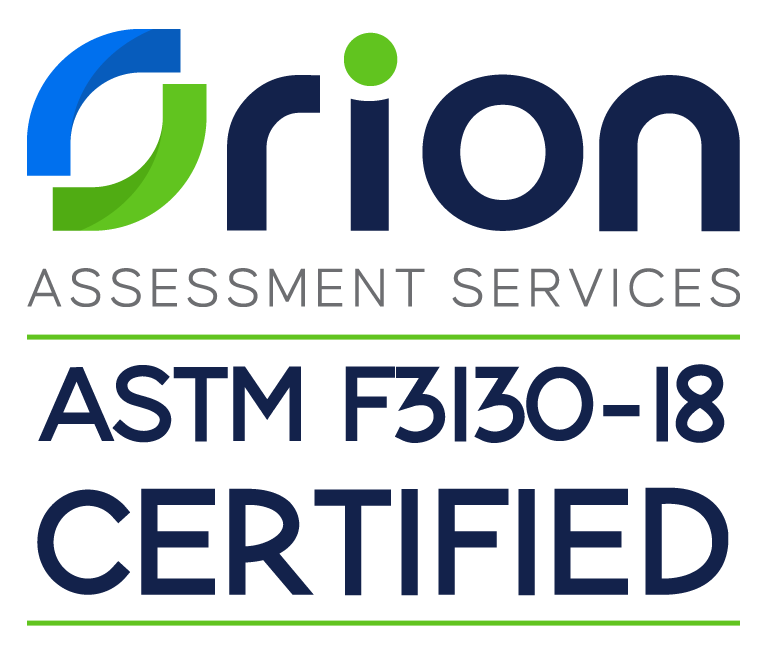Communicating with a foreign audience is the key to the expansion of your business, and one of the most effective ways to reach a global audience is through your website. However, if your website is incorrectly translated, your reputation could be at stake. We want you to showcase your work and your brand as optimally as possible,and we know how complex website translation can be, so here is a list detailing important factors for consideration before you begin.
Are You Ready?A common mistake made by companies working on their international presence is that their initial website isn’t optimized before they start translating. This leads to the waste of time, effort and money. You can avoid this by fine-tuning your website. Check that your message is clear, that there is optimal flow through the website and that all the information is accurate and timely before you begin the process of translation.
TranslationIt is recommended that you begin by prioritizing so as to save on time and money. Choose which language or languages you wish to translate into as well as which pages you intend to translate. You can start by only translating landing pages, about us and product or service details. It may interest you to know that many of the biggest global brands translate their websites into, on average, 30 different languages. The challenge is often balancing budget with number of target audiences, or languages. Generally, one would simply translate a website into the languages of specific target markets. However, if you are finding it difficult to choose into which languages to translate your website, look at traffic through your site. If there are many visitors from a specific country, but low conversion rates, then consider this a market to target through translation.
LocalizationLocalizing your website for a specific language is a complex process. The language you choose for translation has a significant impact on coding, graphics, currency, time and date. The culture of the target market can also affect the type of graphics and images used. For example, some images may be taboo in another country, and using images with pictures of locals can assist in building rapport with foreign clients.
Intuitive navigation for one language will not necessarily be the same for another. Ensure that there is a localization expert who has in-depth experience of the target market’s culture, language and can ensure the website is easily navigable and user-friendly in the new language.
Also, consider that translating into another language is not enough. The website needs to be localized for specific versions of the language. For example, translating your website for Argentina will not be the same as translating your website for Venezuela, even though they both primarily speak Spanish.
Website Interaction
Website StructureThe website structure has a huge impact on how translation will be handled.For example, around half of all websites are built on content management systems (CMSs) and each CMS has their own localization capabilities. If you have used a product like Joomla or Drupal, then luckily localization capabilities are part of the deal. The 33% of companies and individuals using WordPress for their website can make use of the localization plugins offered. Some CMSs also have connectors or allow for the export of material for translation.
Regardless of which tool you use, there is likely to be some tweaking of the website required after translation to support other languages. Your translation service provider needs to work very closely with your web development team,and this is ideally done throughout the process, from conception to publication.
Language encodingMany languages, such as Chinese, Japanese, Korean and Arabic do not use the same Roman alphabet as languages such as English, German, French,and Spanish. You will need to use the UTF-8 character set for these other languages. Also, some languages, such as Hebrew and Urdu, read from right to left instead of left to right, so your website’s coding and layout needs to allow for languages being read in different directions.
Languages can expand or contract
Text in the new language will generally take up more or less space than did the original language which can affect layout and appearance. Ensure that your navigation bar and customized content blocks are adjusted accordingly so that the website still works on computer, tablet or cell phone screens.
SEOInternational SEO is essential for improving your customers’ experience, increasing traffic and improving conversion rates. If you want your site to rank well in Google, then consider hosting it in the country of the translation language. For example, a website translated into Italian will rank higher if hosted in Italy than in the U.S.
Regarding your choice of URL structure, there are pros and cons to country-specific or country code Top-Level Domain (ccTLD), subdomains with generic TLDs and subdirectories with generic TLDs, as each will uniquely affect your geotargeting.
If you have any experience with SEO, then you will know the importance of keyword research. Your website developer will most likely have done this already in your language but simply translating these words and phrases into the new language will often negatively affect your ranking. New keyword research for your industry needs to be conducted in the target language in order to optimize SEO.
Your Translation Service CompanyWith so many translation services available, it can be difficult to pick the one that is right for you. Always choose a translation service with dependable quality assurance methods. For example, they should ideally comply with the quality standards as set out by the ASTM F43.05 for language service companies.
Also ensure that the translator assigned to you is fluent in both your language and the language of your target audience, and understands the complexities of website translation. Lastly, they should have some background in your industry so that specific jargon and concepts are intuitive to them and can be accurately conveyed.
The team at Liaison Multilingual wishes you well in expanding and connecting internationally. For further advice and support, you can contact us on
303-762-0997 or at
[email protected].


